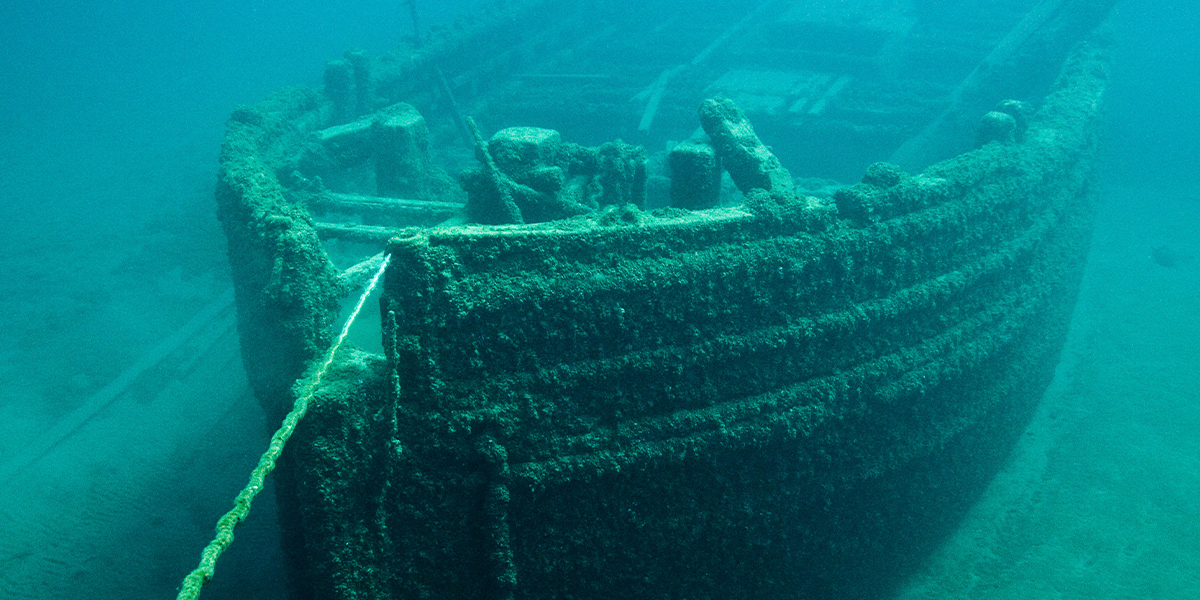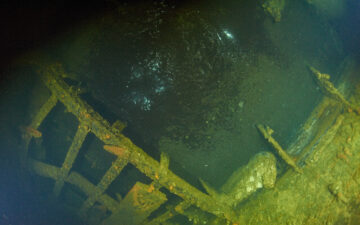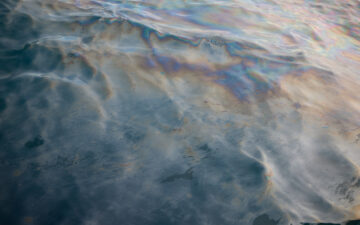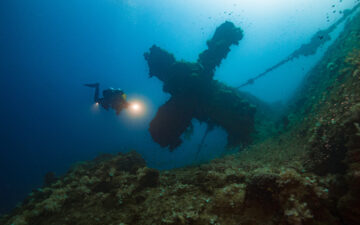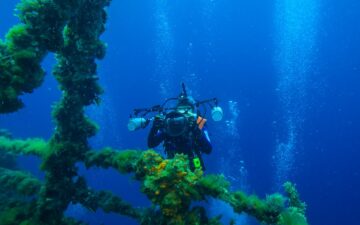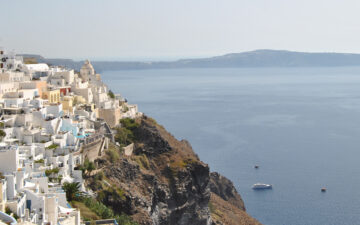The Ocean: Our Natural and Cultural Heritage
We are all connected by the ocean. We depend on it for food, recreation and many livelihoods. Accordingly, there is a public interest around the world in recognizing marine sites for their significance and conserving them for present and future generations. The ocean heritage to be passed on to future generations includes both natural and cultural resources.
The 1972 World Heritage Convention (WHC) was the first international law recognizing special places for the significance or “outstanding universal value” of both natural and cultural heritage. While the focus over the first couple of decades was on terrestrial monuments and archaeological sites, over the past couple of decades the interest has extended seaward to include marine resources and sites such as the listing of the Dugong (marine mammal) by Japan or the inscription of Papahānaumokuākea (the first United States World Heritage Site on the Mixed Natural and Cultural list under the WHC).
As we look to the future the focus should include cooperating in protecting our natural and cultural heritage in the high seas such as RMS Titanic and the Sargasso Sea. This may include cooperation under the WHC, the 2001 UNESCO Convention on the Protection of Underwater Cultural Heritage, the Law of the Sea, maritime law of salvage and otherwise.
View or download the Underwater Cultural Heritage Research Paper:
View the Underwater Cultural Heritage poster, “Threats to Our Ocean Heritage,” presented at the 2024 UN Ocean Decade Conference.
